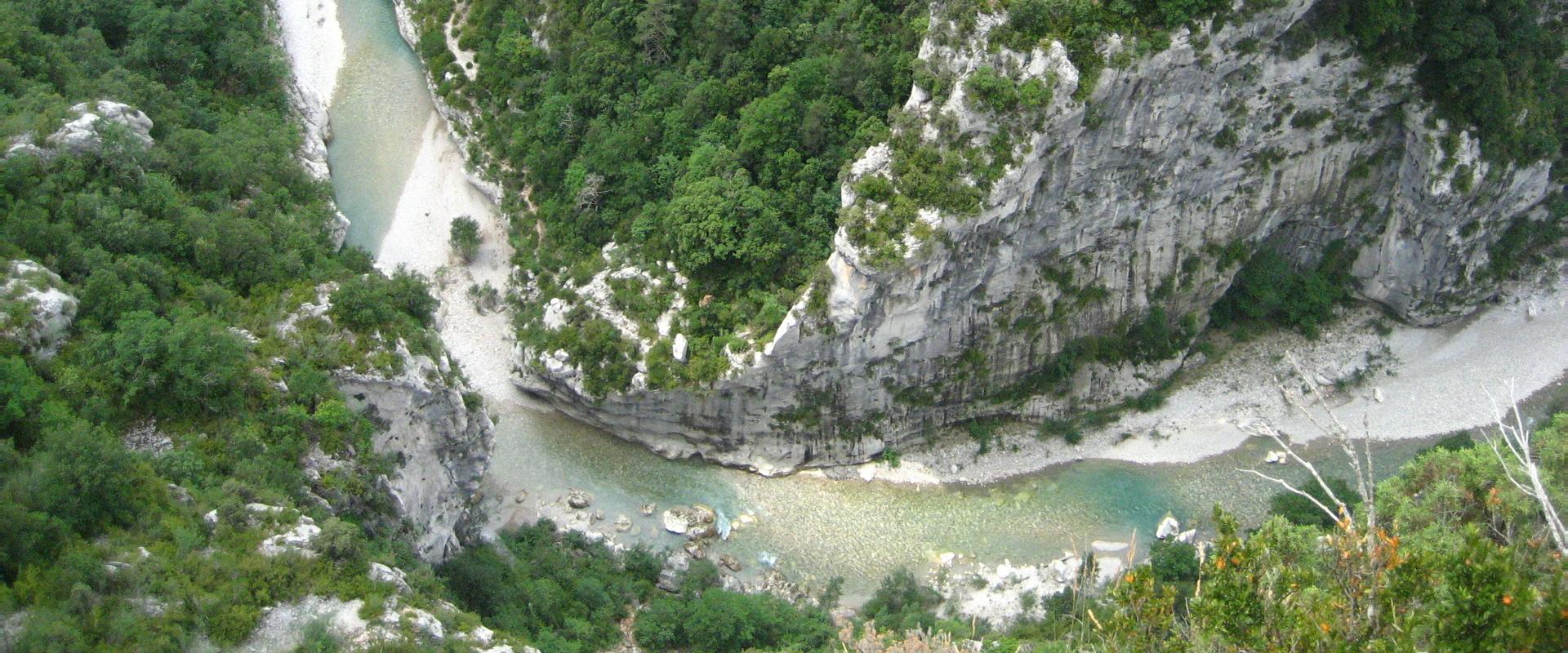ARK: new water resources in Provence
Transcription
ARK RESEARCH PROJECT CARRYING OUT A PUMPING TEST
THE PROJECT: KNOW THE RESOURCE BETTER TO PROTECT IT BETTER
The project is funded by the Water Agency and the PACA regional council, with various partners. Its goal is to understand the aquifer hydrosystem tapped by the Arc wells. In this context, we designed specific instruments for the project and conduct investigations by tracing, isotopic analyses. The idea is to acquire highly relevant data, to help us simulate the behaviour of this aquifer.
This project concerns the quantitative aspect of the resource. For us, the idea is to test the highly productive table of the Arc wells in extreme conditions in terms of rate and duration of pumping. The pumping is at very high speed and of long duration. And the results, notably those of the BRGM modelling, will allow us to better integrate this available volume and resource in plans for securing the resource in the Verdon area.
The project is to get a better understanding of how this aquifer works, so we can use it in the future in a sustainable way, protecting it as much as possible and respecting the flow rates possible with this site.
This is a win-win-win project. For the BRGM, we'll get reference information, scientific data and methods that will be quite innovative. For the SCP, there's a securing aspect, from knowing the resource, which is important. And the Water Agency, the main financer, representing the common good in the project, needs to know more about a resource classified as strategic for future drinking-water supply.
SETTING UP THE RESEARCH EQUIPMENT
Today, we lowered an ROV into the wells, initially to establish the exact dimensions of the well screens to lower propeller-type flowmeters and deep probes into the wells to go through the hatch and measure water movement, during the tests. In Well 1, we went down to about 190 m. In Well 2, we'll go down to 210 m.
THE GEOLOGICAL CONTRIBUTION
We're on the site of the piezometers of the Arc wells. In the context of this project, I was asked to examine the borehole cuttings. The aim is to study the nature and the age of the bored layers. Two drillings were carried out. One of 308 m. and another at 222 m. I focussed on examining and determining the nature of the rocks drilled through and also identifying them in outcrops in the region, in order to understand the source of the water, the nature of the ground that feeds the Arc wells and how the aquifer functions.
HYDROBIOLOGICAL AND ENVIRONMENTAL MONITORING
We're monitoring because we'll pump a lot of water into the Arc river during the low-water period. It will consist of 3 campaigns: One before, which will be the initial state, one during and one after pumping, to see what impact this water, which is of very high quality, since it's from underground resources, will have on the Arc. From time to time, we'll monitor the oxygen, the PH and the conductivity. We'll also put permanent sensors in the Arc, upstream and downstream of the input point, to monitor concentrations of oxygen and conductivity, and water temperature. In terms of hydrobiology, invertebrates can be found on the riverbed. We also monitor fish, by electric fishing upstream and downstream of the input point.
THE ARC'S MANAGERS AND NEIGHBOURS
This year, we were informed, a little late, but it worked out OK, that the Canal de Provence would pump upstream of wells 1 and 2 pumping vast amounts of water into the river Arc. This worried us a bit at first, the idea of a vast amount of water added to a stormy day… Anyhow, this year, thanks to the water put in by the Canal de Provence we had more water, that's for sure, and of better quality.
I think there's a link between the groundwater resource and the surface resource, like the Arc. These links are obvious. For us, it was important, for the members of the CLE, to devise action plans, notably for two important reasons: First, to know more about the resource, which is apparently huge, and second to protect it. The durable management of this resource is crucial for us. We are very attached to sustainable development. This really is important for the future generations. It's also important for me.








The aim was to better understand and protect the local groundwater resources.